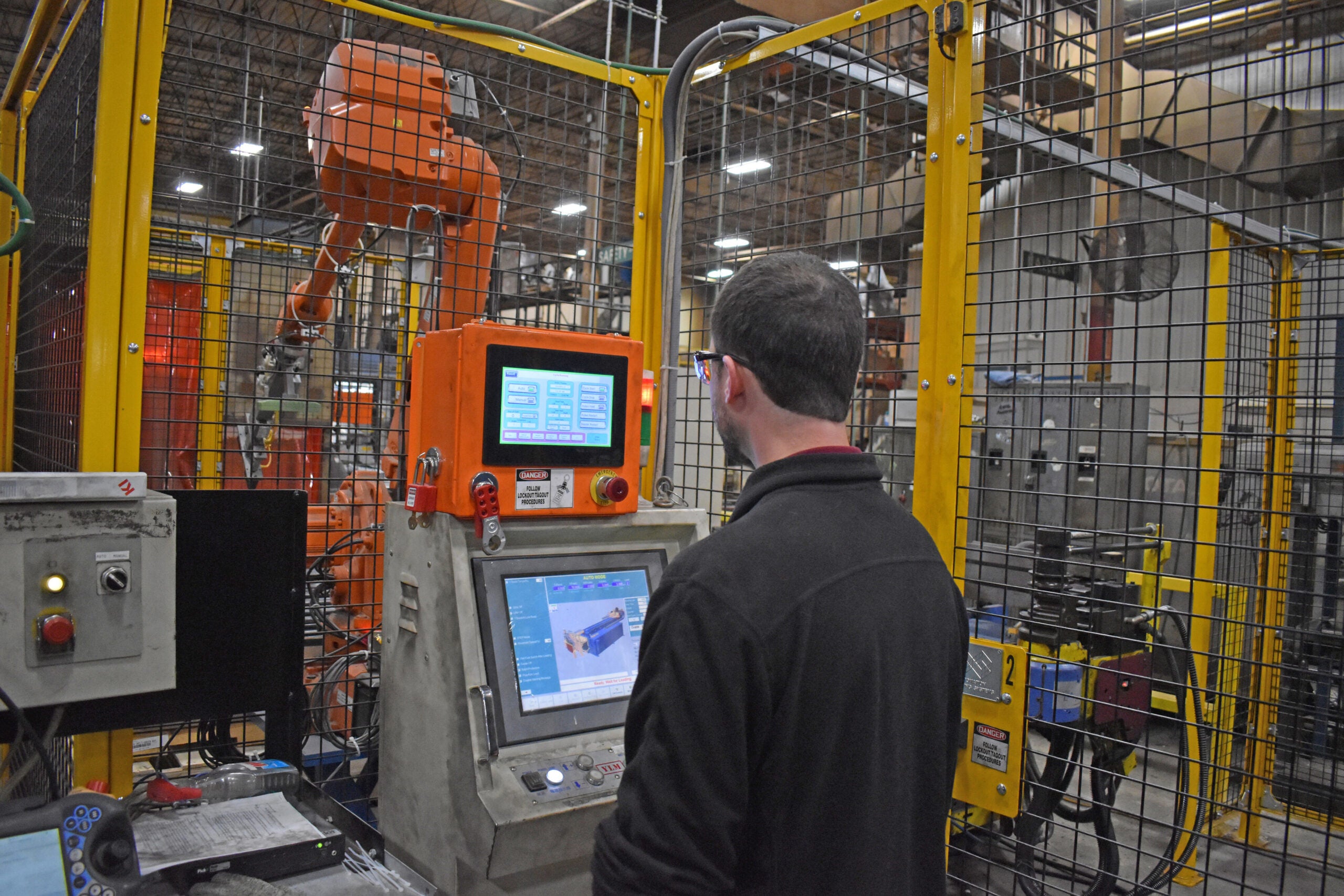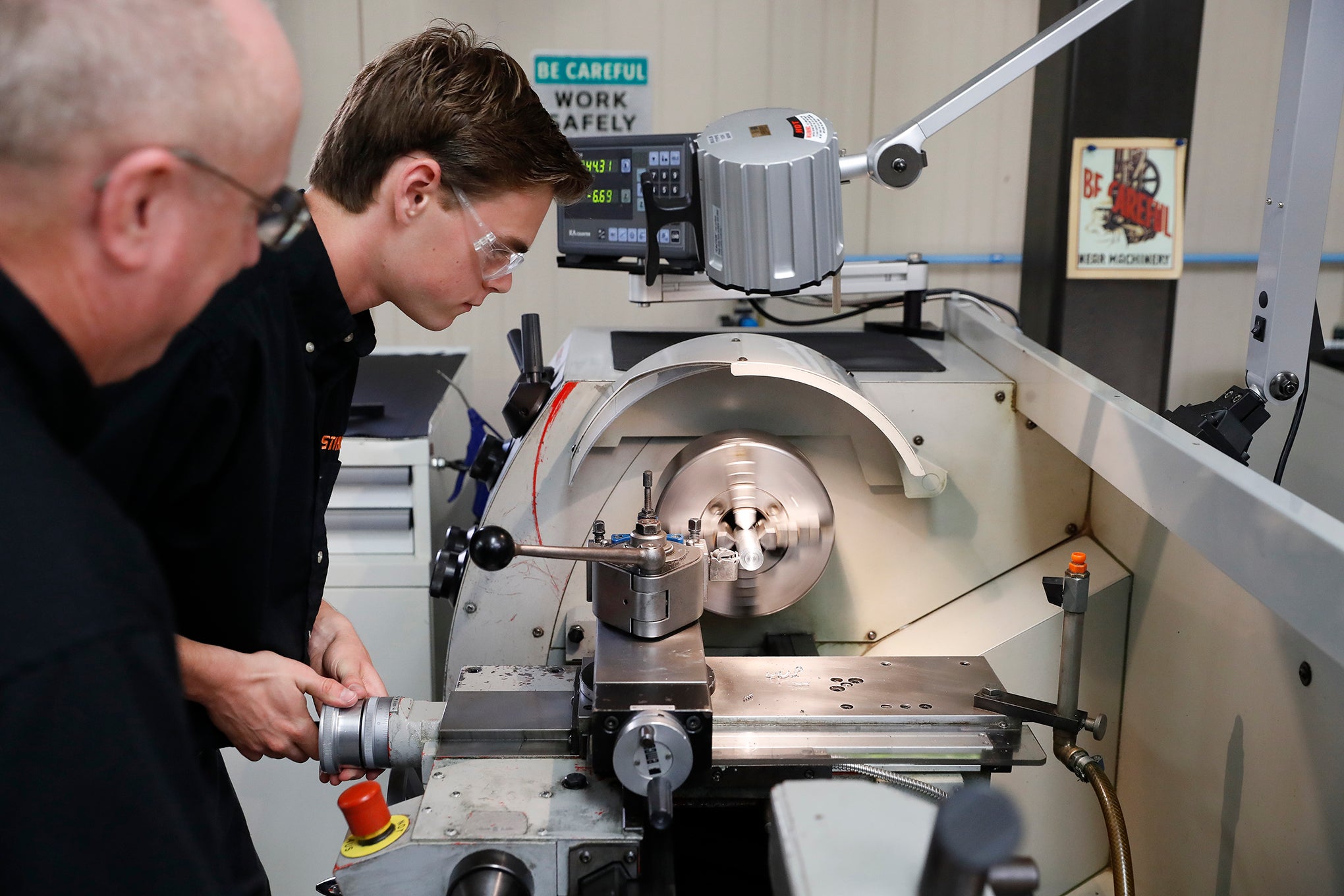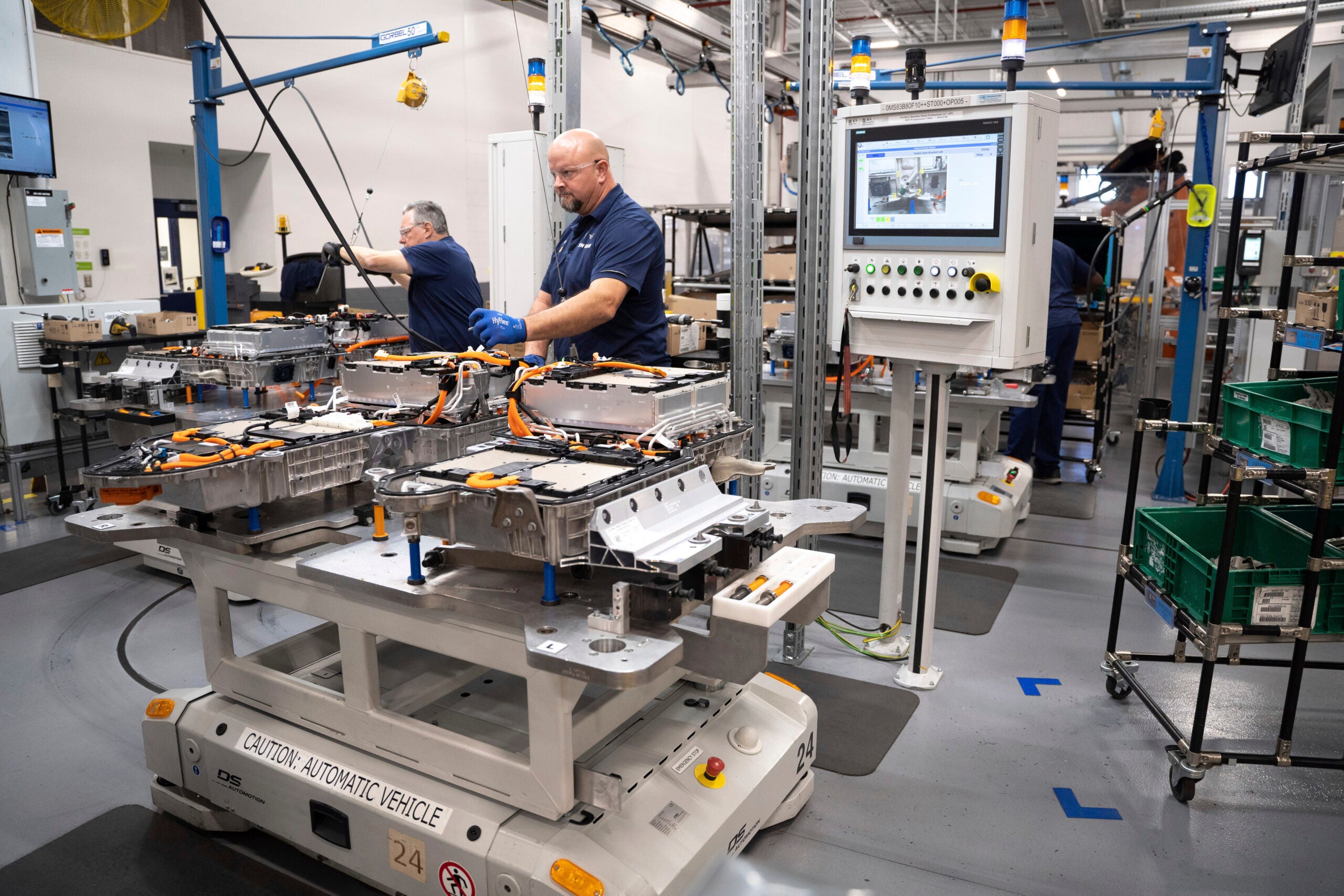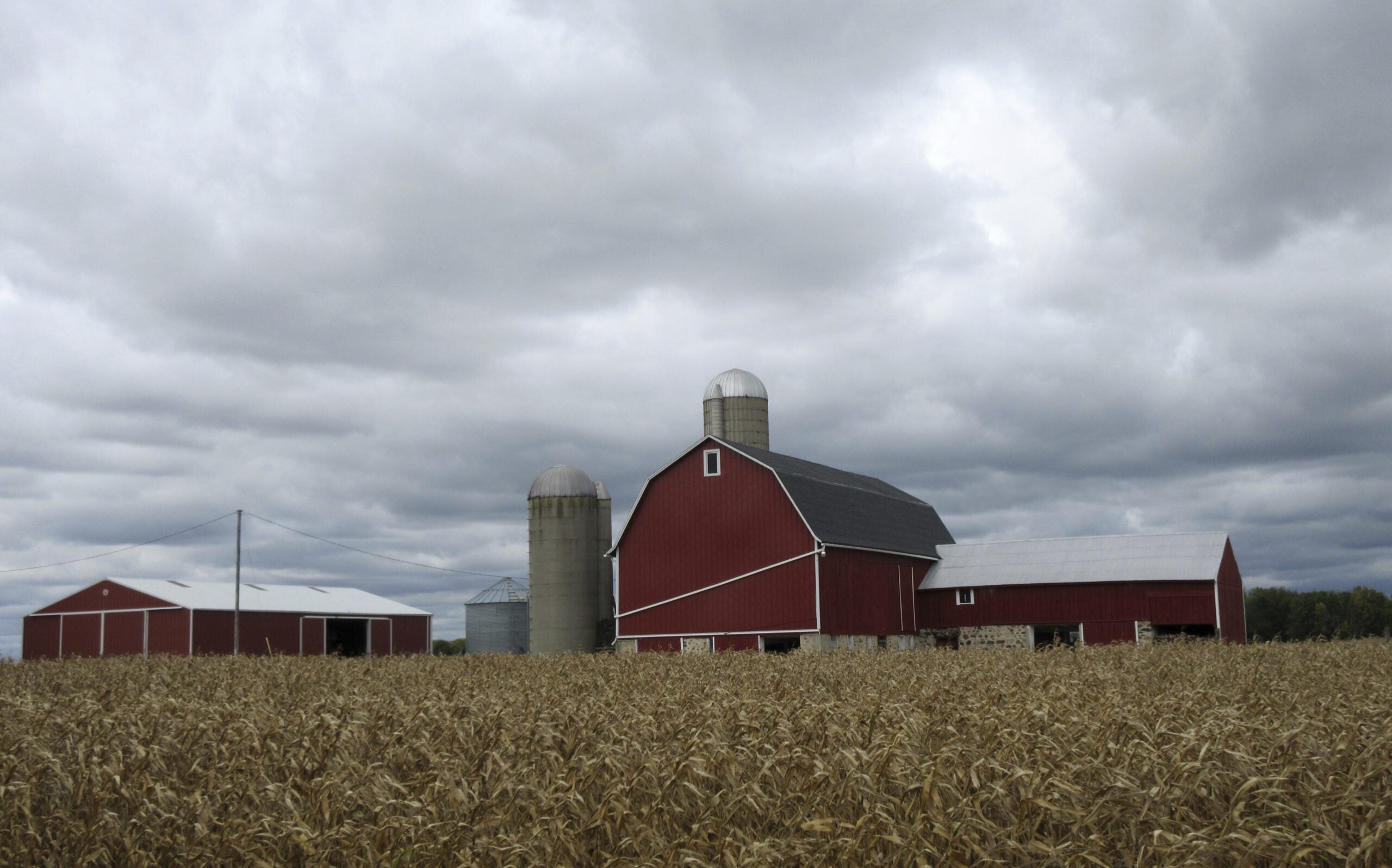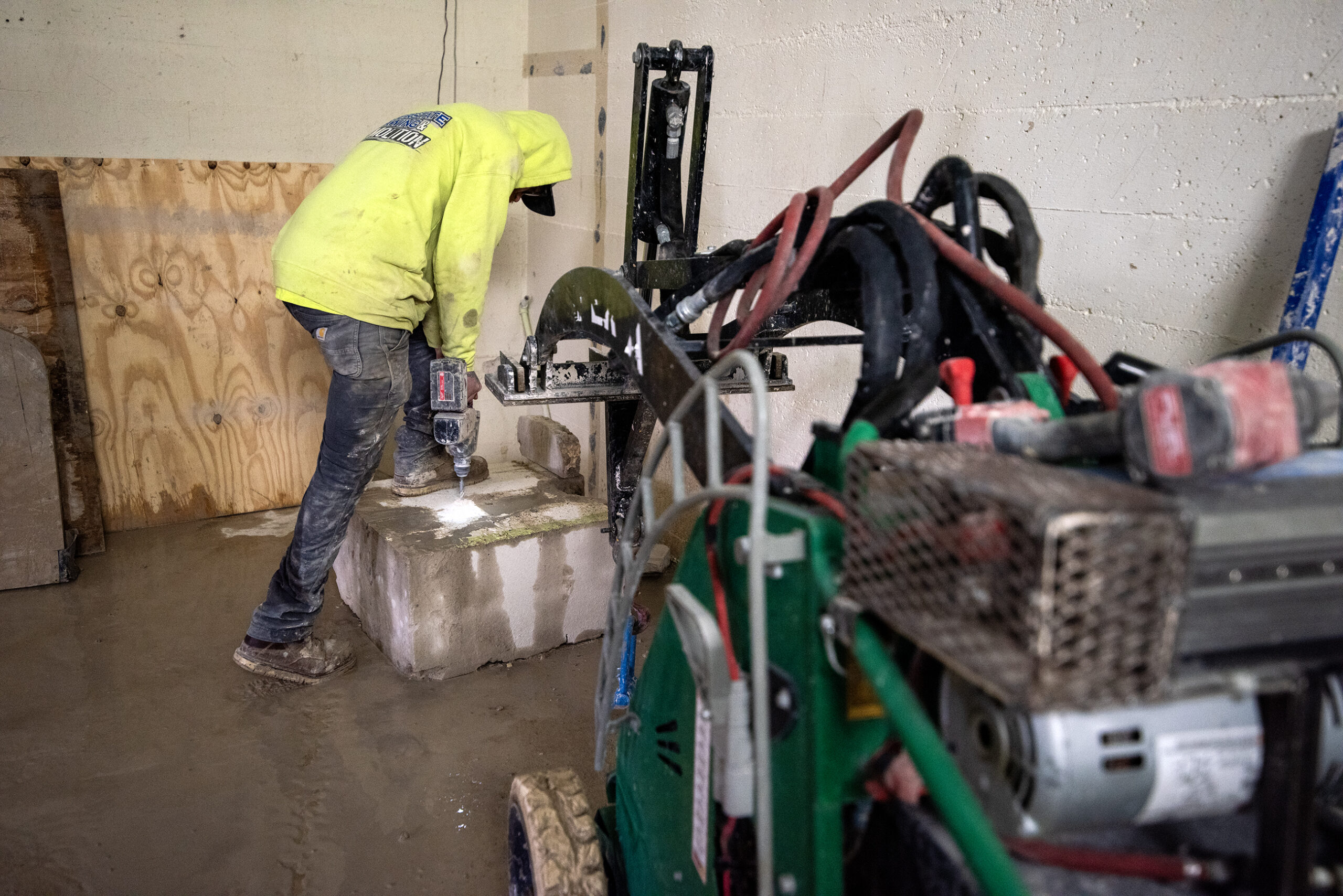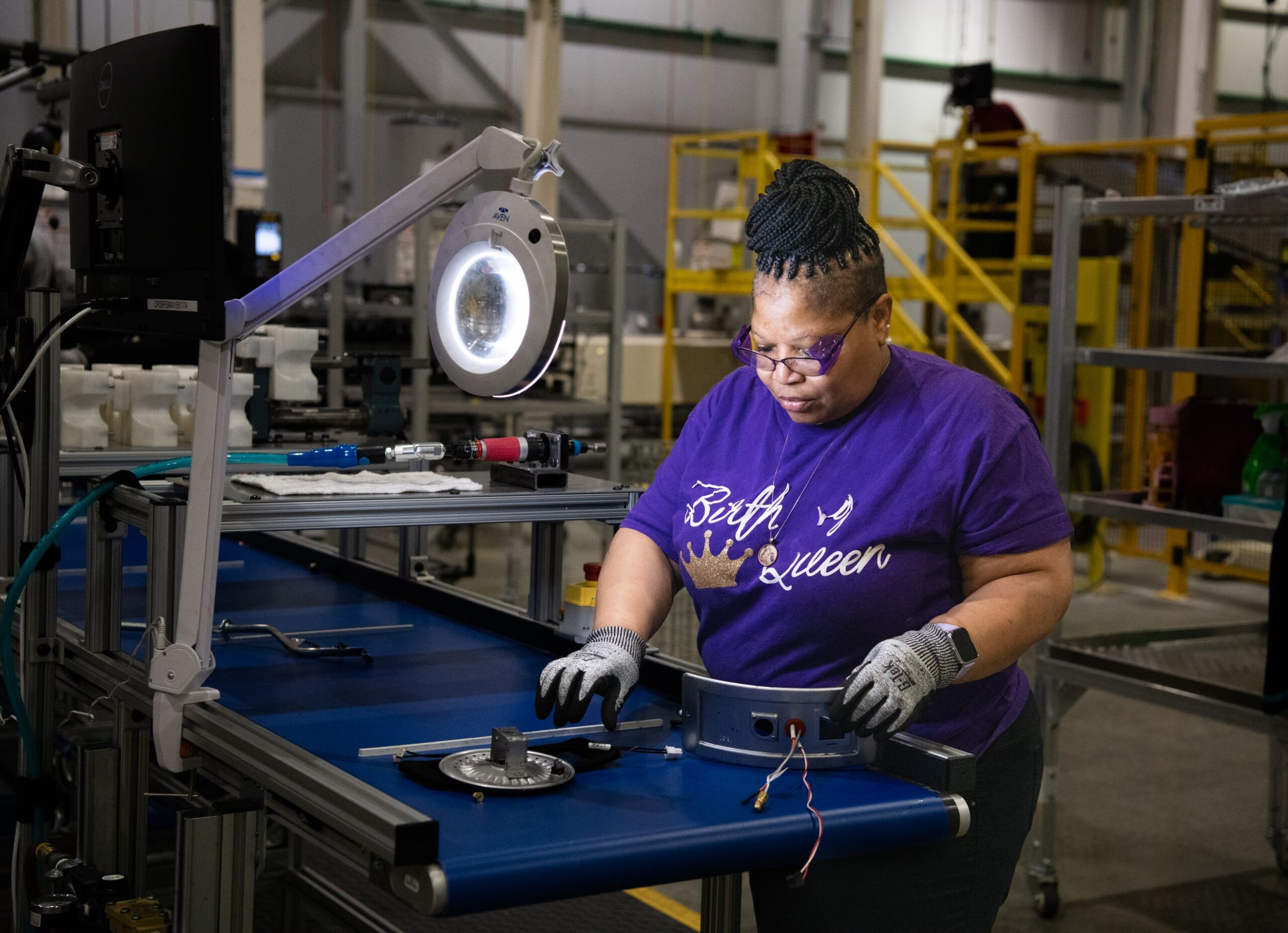Wisconsin businesses are relatively pessimistic about the economy as they combat high interest rates and inflation. But the state continues to outperform the nation when it comes to unemployment and workforce participation.
The state Department of Workforce Development on Thursday announced that employment hit a new record high for the third month in a row with 3,049,700 total people employed in July.
However, state data shows private sector jobs decreased by 8,500 over the month, but were still up 17,900 over the year. At the same time, Wisconsin’s labor force participation rate was unchanged from June at 65.5 percent, and its unemployment rate remained low at 3 percent, better than the national rate of 4.3 percent in July.
Stay informed on the latest news
Sign up for WPR’s email newsletter.
“We’re tracking in a seasonal pattern down around what have been historic lows for the last number of years,” DWD Chief Economist Dennis Winters said of the state unemployment rate Thursday. “If you are laid off, it’s a pretty good chance you’ll get re-employed before too long.”
That’s despite recent survey data suggesting Wisconsin employers were slowing down hiring. Wisconsin Manufacturers & Commerce, the state’s largest business lobbyist, released the results of a survey of 182 companies last week.
The survey showed 39 percent of employers planned to hire more workers this year, a 21 point drop from 18 months ago when 60 percent planned to increase hiring.
“There is not a lot of optimism about the economy right now,” said Nick Novak, a spokesperson for WMC. “Typically, a company will hire new people when they expect that they are expanding.”
Forty-four percent of businesses surveyed said they’ve either scaled-back or delayed expansions or capital expenditures due to high interest rates, and 35 percent of companies said inflation was their top challenge.
The Federal Reserve has increased interest rates in 2022 and 2023 to cool inflation, with rates hitting a two-decade high. Federal data released this week showed the Consumer Price Index, a measure of the rate of inflation, fell below 3 percent in July for the first time since 2021.
“The combination of both high costs driven by historic inflation and then the large increases in interest rates that we’ve seen over the last couple years, both have made it harder for businesses to make investments,” Novak said.
But Steven Deller, a professor of agricultural and applied economics at the University of Wisconsin-Madison, said the Fed increased interest rates to slow the economy and bring inflation down — and it looks like it’s working.
“They wanted to put the brakes on the economy,” Deller said. “They didn’t want to slam the brakes. That’s what happened in the early 1980s (when) inflation was so out of control.”
Rate hikes in the early ‘80s led to a recession in which the federal unemployment rate jumped to 10.8 percent by the end of 1982, according to data from the St. Louis Federal Reserve. National unemployment during this round of interest rate increases has been less than half of that.
“We know things are slowing a little bit in job creation and in the economy as a whole,” said Winters, the DWD economist.
Winters and Deller both said there’s optimism that the Federal Reserve could cut interest rates next month, but both indicated it would likely be a modest cut.
Novak said a rate cut would be welcomed by Wisconsin businesses.
“It would probably help businesses to feel more confident that there will likely be future rate cuts,” he said. “If interest rates come down, they’d be more likely to start investing. I don’t think you’re going to meet a business person who says, ‘No, please have higher interest rates.’”
Wisconsin Public Radio, © Copyright 2025, Board of Regents of the University of Wisconsin System and Wisconsin Educational Communications Board.
